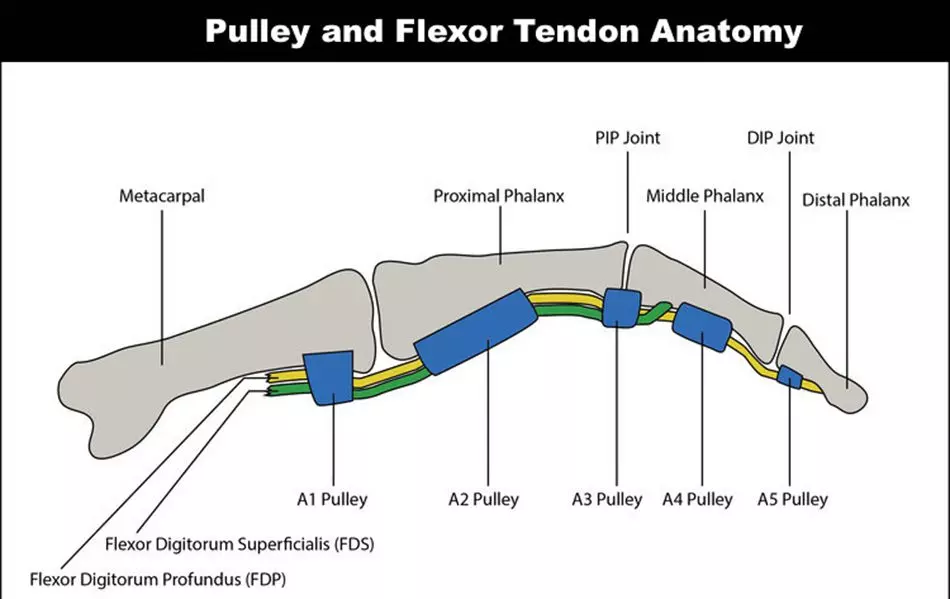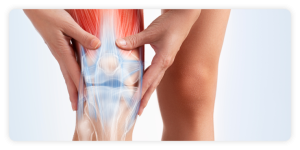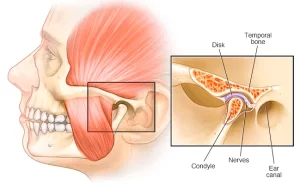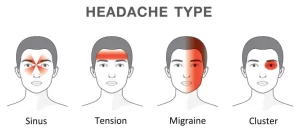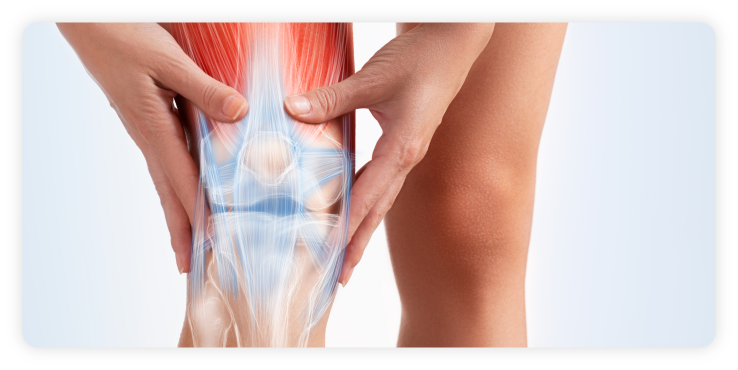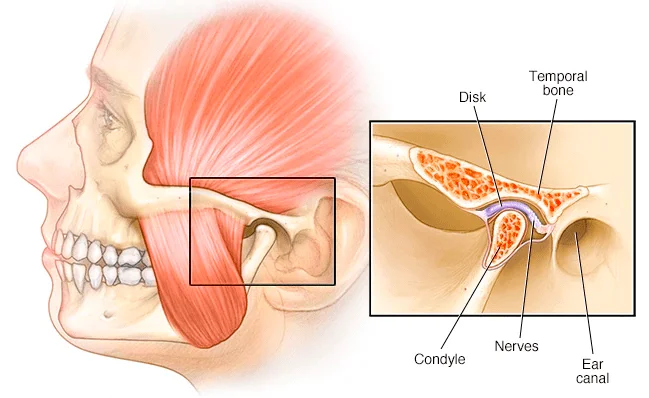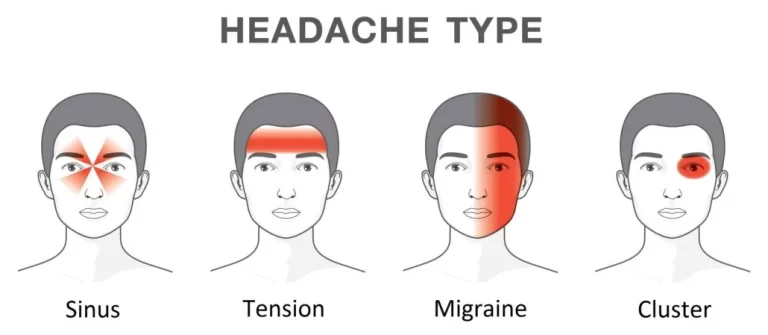What are Pulley Injuries?
Three bones and three-hinged joints make up the finger. Ligaments connect and stabilise the bones, while tendons connect muscle to bone, transferring to the bone any forces created by the muscles. Flexor tendons in the fingers attach to muscles in the forearms that pull on the tendons, bend the fingers, and allow us to crimp. Connective tissue encases the tendons, forming a sheath with five thickened areas that create the annular pulleys (A1, A2, A3, A4, and A5), which keep the tendon close to the bone when bending the fingers.
Symptoms and Causes of Pulley Injuries
A loud pop followed by significant swelling and pain often indicates damage to the flexor-tendon pulleys. For A2 pulley injuries, the most common pulley injury for climbers, the pain usually arises at the base of the finger and is noticeable when trying to straighten or bend the finger. For A2–A4 ruptures, there may be bowstringing which is bulging at the base of the finger which can be detected by resisting finger bending at the fingertip. Crimping increases the risk of injury because of the increased forces exerted on the pulleys, especially the A2. A fully closed crimp grip, with the thumb over the index finger, exerts even more force. Typically, this injury stems from either warming up poorly or a desperate, dynamic move to a tiny crimp, often with poor footwork and body positioning. In such cases, physiotherapy in Singapore may support recovery by addressing tendon mobility, grip strength, and hand function.
Pulley Injuries Treatment
If an injury happens, first seek a diagnosis from a doctor who can assess the damage with an X-ray or MRI. This will help determine the level of care needed as well as rule out damage to nearby structures. Once the finger has a full pain-free range of motion, gentle re-strengthening with the help of physical therapy can begin. Exercises and lifestyle recommendations will be prescribed based on the recovery stage. If in doubt, please seek professional advice.
Physiotherapy for Finger Pulley Injuries
Pulley injuries can affect grip strength, hand coordination, and overall finger function, especially in activities like climbing. Learn more about how our physio clinic in Singapore may support rehabilitation through targeted therapy and gradual strengthening exercises.
Check out our popular articles: Diastasis Recti, Tight Back Muscles, Irritable Bowel Syndrome (IBS), Temporomandibular Joint (TMJ) Dysfunction, Tennis Elbow, Wrist Tendon Injury, Sciatica, Whiplash, Hernia, Herniated Disc (Slipped Disc).
